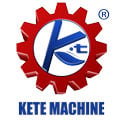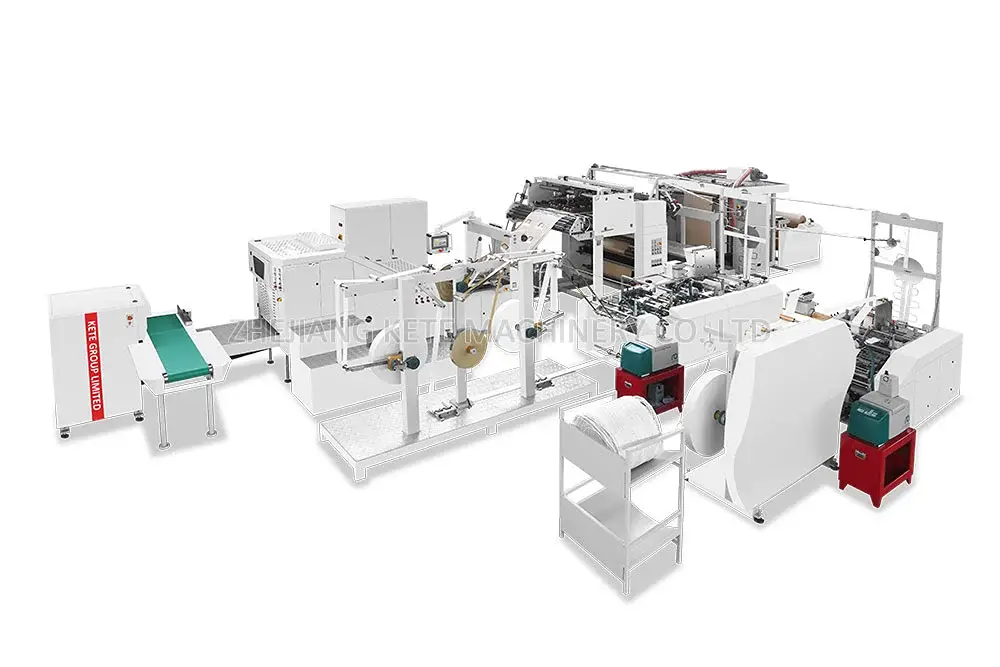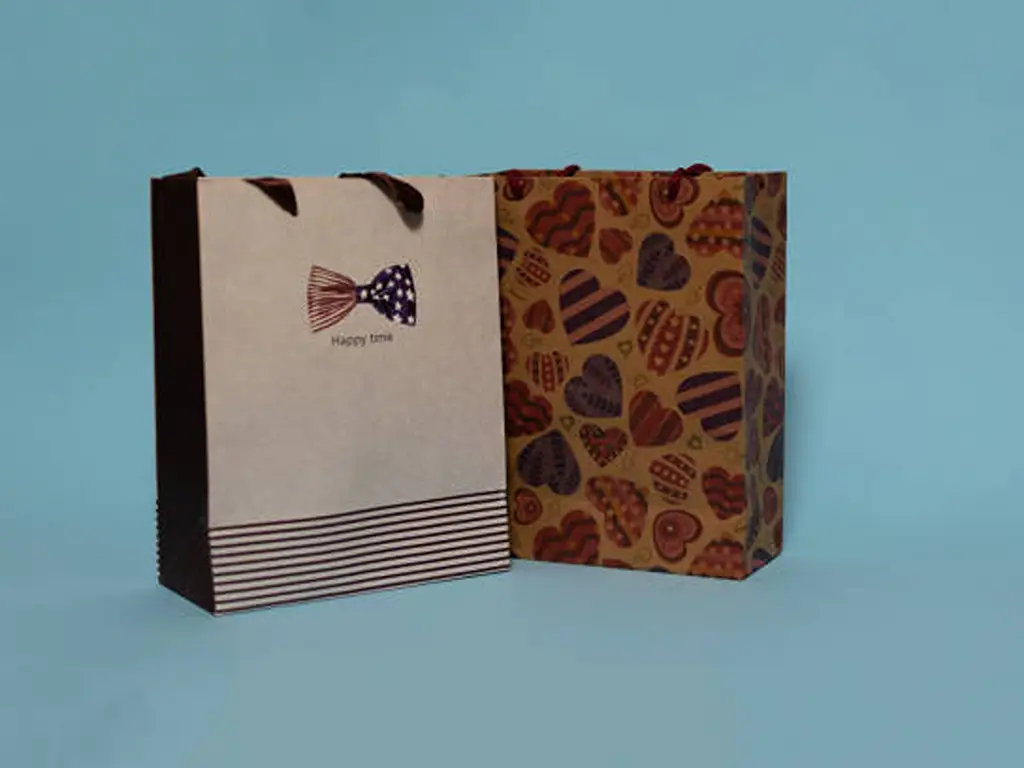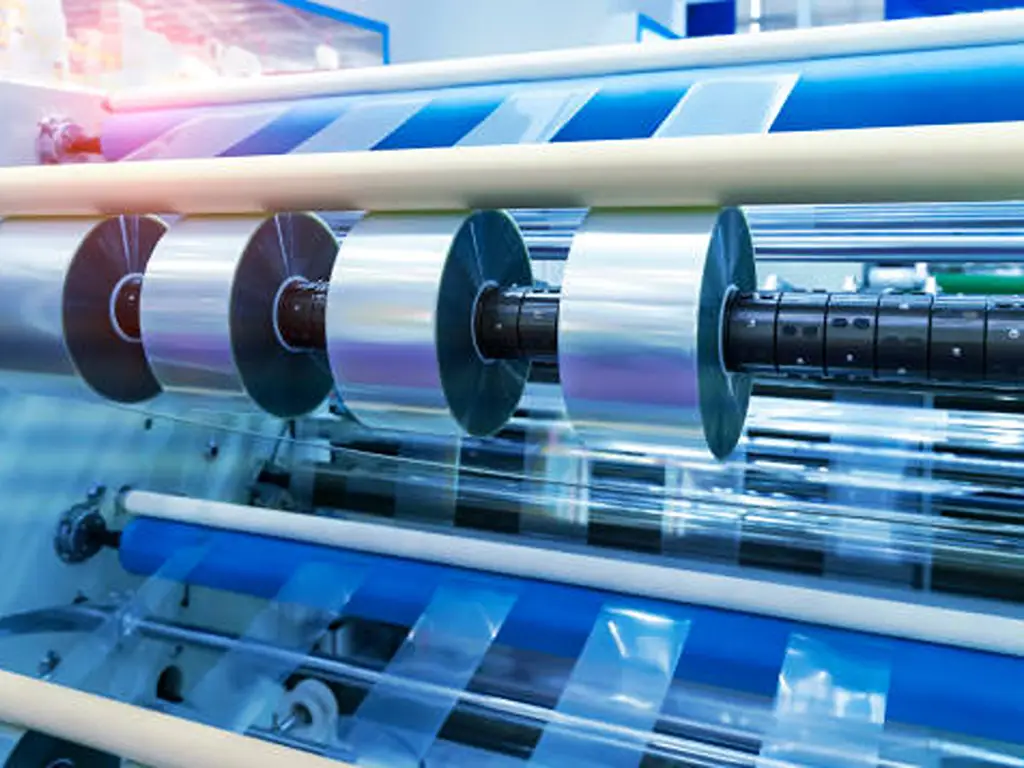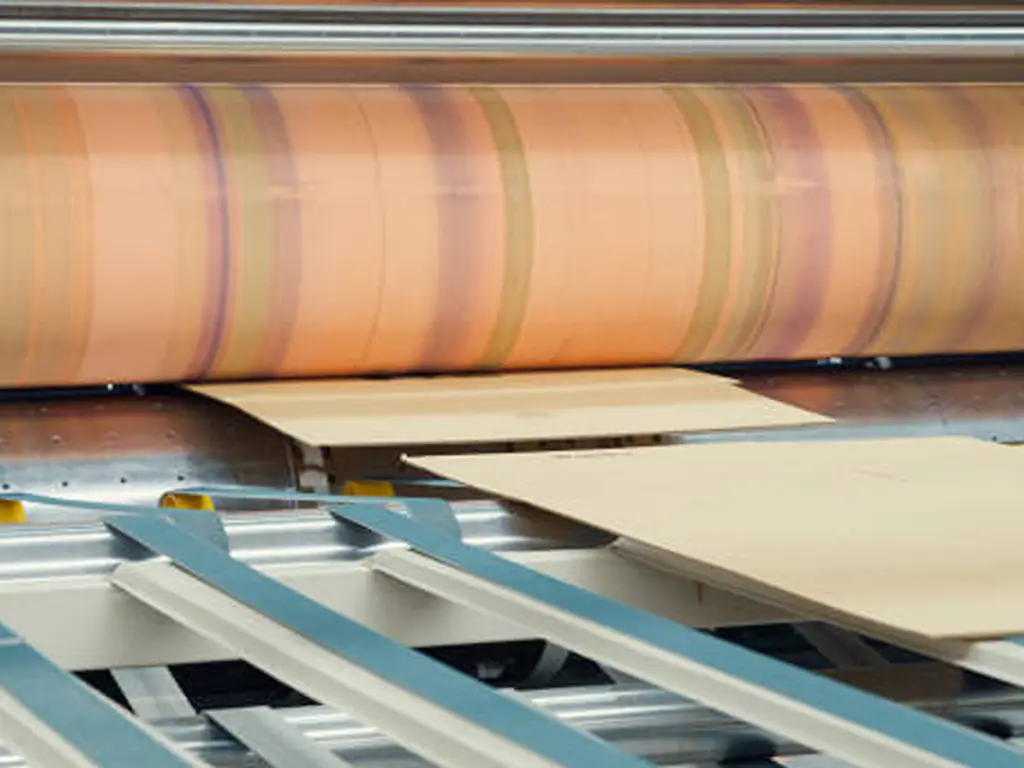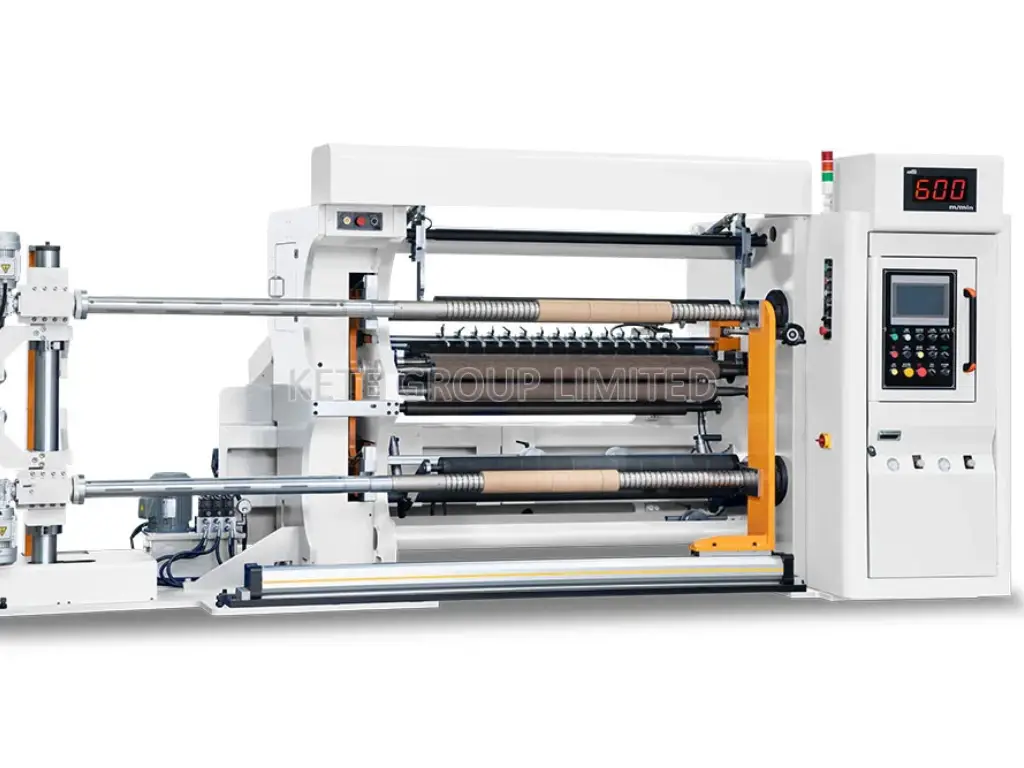
Введение в пластиковый пакет
The use of plastic bags has become an integral part of our daily lives. From zipping to the grocery store to wrapping up our sandwiches, these different types of plastic bags are the real deal! We’ve got the zippy ones, the big trashy ones, and even the earth-hugging biodegradable plastic bags. Ever wondered how is a plastic bag made? The journey from tiny plastic pellets to a finished bag is a fascinating industrial process, centered around a technology known as Blown Film Extrusion. In this guide, we’ll break down exactly how to make plastic bags.
7 Steps: How to Make Plastic Bags?
Вы когда-нибудь задумывались, как простой пластиковый пакет превращается в жизнь? Процесс производства пластиковых пакетов включает в себя ряд сложных этапов, каждый из которых вносит свой вклад в конечную форму пакета. Давайте рассмотрим процесс производства пластика поближе.
| Шаг | Описание |
| Сырье Material Transformation | Raw polymers (derived from natural gas or petroleum) are transformed into plastic resin pellets through heating and pressure in machines like pelletizers. |
| Extrusion Process | The resin pellets are fed into an extruder, melted, and forced through a circular die to form a continuous plastic film tube. |
| Blown Film | The film tube is inflated with air, like a balloon, to stretch it to the desired thickness. |
| Cooling and Setting | The plastic film is rapidly cooled using air or water cooling systems to solidify it and ensure uniform thickness. |
| Coloring and Additive Mixing | Dyes and additives (e.g., UV stabilizers, tear resistance agents) are mixed into the molten plastic to give the film color and enhance its properties. |
| Резка и герметизация | The plastic film is cut into specific lengths, and the bottom is heat-sealed to form the bag’s base. |
| Printing (Optional) | Flexographic printing is used to apply logos, text, or designs onto the bags. |
| Quality Control and Testing | The bags undergo rigorous tests for thickness, strength, UV resistance, and other properties to ensure they meet quality standards. |
| Упаковка и дистрибуция | The finished plastic bags are counted, stacked, packaged, and prepared for shipping to retailers or consumers. |
От полимеров до гранул смолы: Трансформация
Polymers are the raw materials, often coming from natural gas or crude oil, that are the starting point for your plastic bag. Before they become the bags that carry your groceries or your lunch, they must first undergo a significant transformation. These polymers are turned into what we call plastic resin pellets. Think of these plastic pellets as the fundamental building blocks; they are the basic units that will be used to create a durable and functional plastic bag..
Now, how does this metamorphosis happen? The process involves a series of controlled stages. First, the raw polymers are subjected to carefully controlled heat and pressure in specialized machines like pelletizers. The quality of these initial pellets directly impacts the final product, which is why the entire manufacturing line, from the extruder onwards, must be robust. This breaks down their complicated chains into simpler, more manageable forms. This process yields small, cylindrical pellets. These pellets are the go-to material for the next steps because they’re consistent and easy to work with.
These aren’t just any old pellets. They are precisely formulated with additives like colorants or UV stabilizers. So, when you see a plastic bag that’s a particular color or extra tough, it’s all thanks to the special recipe of these resin pellets.
In short, this initial stage of turning polymers into resin pellets is critical for the steps that follow. It sets the mood and prepares the stage for the main event. You can’t just skip it and expect a great show.
The Extrusion Process: Crafting the Plastic Film from Extruder
The film extrusion process is where the crucial transformation begins. The resin pellets are loaded into an extruder, a machine that’s about to give our plastic bag its shape.
This is the heart of the manufacturing line. In the industry, this entire stage is called the Blown Film Extrusion process. The molten plastic is forced through a circular die, which shapes it into a continuous tube of thin plastic film. As the tube exits the die, it is pulled upwards and inflated with air, like a long balloon. This stretching is what creates the thin, strong film.
Когда пластик выходит из экструдера, он быстро охлаждается с помощью холодного воздуха или воды. В результате резкого охлаждения пластик застывает, превращаясь в пленку. Толщину этой пленки можно регулировать в зависимости от желаемых свойств конечного мешка. Нужна прочная сумка для переноски кирпичей? Вам нужна более толстая пленка. Нужна легкая сумка для переноски сэндвича? Подойдет более тонкая пленка.
Но вот интересный факт: пластиковая пленка не плоская, когда выходит из экструдера. На самом деле она имеет трубчатую форму. Если вы когда-нибудь замечали, что большинство пластиковых пакетов для покупок не имеют швов по бокам, то вот почему. Они вырезаны из непрерывной пластиковой трубки, что обеспечивает прочность и долговечность.
Процесс экструзии - это свидетельство чудес современного производства. Это сочетание науки, инженерии и художественного мастерства, гарантирующее, что пластиковая пленка будет соответствовать своему назначению.
Окрашивание и добавление добавок
Как только мы получили полиэтиленовую пленку, пришло время придать ей индивидуальность. В то время как естественный цвет полиэтилена несколько прозрачен, пластиковые пакеты бывают самых разных цветов, от непрозрачных до прозрачных. Как это делается? Входите в мир красителей и добавок.
Красители смешиваются с расплавленным пластиком перед его экструзией, что обеспечивает равномерный цвет всей пленки. Хотите ли вы получить яркий красный или нежно-голубой цвет - все зависит от правильного сочетания красителей.
But color isn’t the only thing added to our bags. Additives play a crucial role in enhancing the final plastic bag properties. Need a bag that can withstand sunlight without degrading? UV stabilizers are added. Want a bag that’s more flexible or resistant to tears? There are additives for that too. This allows the bag’s final properties to be tailored for its intended use.
Охлаждение и установка пленки
Когда пластик выходит из экструдера, он находится в несколько уязвимом состоянии. Он теплый, податливый и еще не приобрел свою окончательную форму. Именно здесь в игру вступает процесс охлаждения. Охлаждение - это не только снижение температуры, но и обеспечение правильного застывания пластика, сохранение его необходимой толщины и прочности.
Air-cooling systems blow cold air onto the film, solidifying it rapidly. In some cases, water cooling systems are used, where the film is passed over chilled rollers. This rapid cooling is crucial. If the film cools too slowly, it can become uneven or develop imperfections. Think of it like chocolate; if it doesn’t cool uniformly, it can become grainy or discolored. The efficiency of the cooling ring is a major factor in production speed. A well-designed air ring, for example, provides a uniform airflow that cools the bubble evenly, preventing weak spots and allowing the machine to run faster without sacrificing quality.
На этом этапе важную роль также играют валики. Они обеспечивают равномерное натяжение пленки, предотвращая появление морщин и складок. Это тонкий баланс температуры и натяжения, обеспечивающий оптимальное качество пленки.
Резка и герметизация
With our film set and ready, it’s time to transform it into recognizable bags. But how do we go from a continuous roll of plastic film to individual bags? The answer lies in precision cutting and sealing. Before the bags are cut, the rolls of plastic film are often sent to a printing press. Here, logos, text, and graphics are printed onto the film using a process called flexography, which is fast and efficient for large-scale production.
Пленка подается в машины, которые разрезают ее через равные промежутки, определяя длину мешка. Но пакет - это не только длина, ему нужна основа. Именно здесь в дело вступает запечатывание. Дно каждой отрезанной секции запечатывается с помощью тепла. Под воздействием тепла пластик сплавляется, образуя прочное соединение, которое формирует основу сумки. Очень важно, чтобы это уплотнение было прочным; именно оно обеспечивает грузоподъемность сумки.
Верхняя часть остается открытой, готовой к использованию. В некоторых случаях добавляются дополнительные элементы, такие как ручки или молнии, что еще больше повышает функциональность сумки.
Контроль качества: Испытания на толщину, прочность и другие желаемые свойства
Контроль качества - невоспетый герой в мире производства пластиковых пакетов. В конце концов, никому не нужен пакет, который рвется при малейшем давлении. Так как же добиться того, чтобы качество пластиковых пакетов было неизменным? С помощью тщательного тестирования.
Каждая партия мешков проходит ряд испытаний. Толщина пакетов измеряется для обеспечения однородности. Ведь слишком тонкий пакет может не выдержать, а слишком толстый - оказаться расточительным.
Испытания на прочность также имеют первостепенное значение. Сумки наполняют и растягивают до предела, чтобы убедиться, что они соответствуют стандартам, установленным производителями. Другие испытания могут включать в себя облучение ультрафиолетовыми лучами (для проверки устойчивости к солнечным лучам) или проверку на влажность (для проверки способности сумки отталкивать воду).
Упаковка для распространения
После того как сумки успешно прошли испытания, они готовы к отправке в мир. Но сначала их нужно упаковать. Машины пересчитывают и складывают пакеты, подготавливая их к распределению. Затем они упаковываются в коробки, готовые к отправке в розничные магазины или непосредственно потребителям.
Виды используемых полимеров: Из чего делают пластиковые пакеты?
Вы когда-нибудь задумывались, из чего на самом деле сделаны пластиковые пакеты в ваших руках? Что ж, вы не одиноки. Типы полимеров, используемых в этих пакетах, - это не просто словосочетание, это основа множества способов применения пластиковых пакетов.
Полиэтилен
Let’s start with the big one: polyethylene. It’s the most common material you’ll find in plastic bags. Originating from natural gas and petroleum, polyethylene goes through a whole manufacturing process to become the bags we use daily. There are different types, like low density polyethylene (LDPE), high-density polyethylene (HDPE), linear low-density polyethylene(LLDPE).
LDPE is what you’ll find in those softer, more flexible, and typically more transparent bags—think produce bags at the grocery store.
HDPE is sturdier, more opaque or translucent, and is what you’re holding when you’ve got a bag full of canned goods.
Linear low-density polyethylene (LLDPE) is tougher and has a higher tensile strength than LDPE. It’s often used in stretch films, toys, and some flexible containers.
Полипропилен
Еще один тяжеловес в мире пластиковых пакетов - полипропилен. У него более высокая температура плавления, поэтому он подходит для всего, что должно выдерживать нагрев. Полипропилен часто можно встретить в многоразовых сумках для покупок. Кроме того, он гидрофобен, то есть отлично отталкивает воду.
A Note on Additives and Colorants
It’s important to know that these base polymers are often just the starting point. To achieve specific properties, manufacturers mix in various additives. For instance, color masterbatch (a concentrated pigment) is added to create bags of any color, UV stabilizers are included to prevent the plastic from degrading in sunlight, and anti-static agents can be used to stop bags from clinging together. These additions are what give a plastic bag its final look, feel, and specific function.
So, whether it’s polyethylene or polypropylene, and with a little help from additives, each bag has its own set of perks that make it the right fit for different jobs.
Огромные преимущества пластикового пакета
There’s a whole bunch of reasons we can’t live without plastic bags. But let’s just chat about the highlights and key plastic bag properties that make them an important part of our everyday life.
| Легкий | Одним из самых значительных преимуществ пластиковых пакетов является их легкость. Эта особенность не только облегчает их переноску, но и снижает транспортные расходы. При транспортировке товаров важна каждая унция, а пластиковые пакеты - это легкое, но прочное решение, которое может привести к существенной экономии средств. |
| Прочный | Внешний вид может быть обманчивым. Несмотря на тонкую структуру, пластиковые пакеты невероятно прочны. Благодаря полиэтилену высокой плотности (HDPE) и полиэтилену низкой плотности (LDPE), используемым в процессе их производства, эти пакеты могут выдерживать значительный вес, не разрываясь. Такая прочность делает их лучшим выбором для продуктовых магазинов и торговых точек. |
| Выдерживает влагу | Еще одно замечательное свойство пластиковых пакетов - их способность противостоять влаге. Ваши продукты остаются сухими, даже когда на улице льет дождь. Такова магия пластика. Такие материалы, как полипропилен, особенно эффективно удерживают влагу, что делает пластиковые пакеты идеальными для хранения продуктов и других чувствительных к влаге областей применения. |
| Универсальность | Пластиковые пакеты бывают разных форм и размеров, что делает их невероятно универсальными. Покупаете ли вы одежду, продукты или электронику, найдется пластиковый пакет, который удовлетворит ваши потребности. Разнообразие распространяется на такие функции, как ручки, молнии для хранения и даже тип запечатывания, предлагая ряд вариантов как для потребителей, так и для предприятий. Кроме того, упаковка "пакет в коробке" часто используется для жидкостей, таких как вино в коробках и институциональные размеры других жидкостей. Этот тип упаковки обеспечивает удобный и эффективный способ хранения и транспортировки жидкостей, сокращая потребность в одноразовых пластиковых пакетах. |
Эти преимущества свидетельствуют об огромной пользе пластиковых пакетов, делая их не просто удобством, а продуктом продуманного проектирования и дизайна.

Sustainability in Production: What Happens to Waste Material?
Экологичность за кулисами При производстве пластиковых пакетов есть немного закулисных действий, которые не попадают в окончательный вариант. Мы говорим об отрезанных пакетах, пакетах "ой, это не то" и остатках, которые не успели выйти из машин. Но в современном мире, заботящемся об экологии, мы не просто убираем их под ковер.
Recycling: The Green Comeback A good slice of this backstage waste is ready for an encore. Off-cuts and those bags that didn’t pass the audition can be gathered, can be gathered, melted down, and reprocessed into new bags. This recycling loop is an efficient way to reuse raw materials in plastic production, cutting down the need for fresh polymers. It’s not just eco-friendly; it’s also kind to the manufacturer’s wallet.
Disposal: The Thoughtful Exit But let’s face it, not every piece of waste is ready for a second act. Some, due to mixed materials or other issues, just can’t be recycled and reused. But even these get a dignified exit. Instead of being sent directly to a landfill, they’re often incinerated in a controlled setting, keeping the environment’s best interests at heart. And the cherry on top? Some top-notch facilities turn the energy from this process into electricity. Now that’s a bright idea!
Заключение
From the initial melting of polymer pellets to the final cut and seal, understanding how a plastic bag is made reveals a process of precision engineering. The process of blown film extrusion, followed by automated conversion, transforms simple raw materials into a durable and versatile everyday item. Now that you’ve seen the intricate steps involved, you have a deeper appreciation for the technology and science behind this ubiquitous product.
Запустите свое предприятие по производству пластиковых пакетов с помощью KETE
Understanding how plastic bags are made is the first step. Bringing them to life requires precision machinery engineered for efficiency and quality. The blown film extruders, printing presses, and bag-making machines are all critical components of a successful production line.
If you’re considering entering the plastic bag industry or want to upgrade your current operations, having the right technology partner is key. At KETE, we don’t just supply machines; we provide complete solutions tailored to your production goals. Contact our experts for a technical consultation or to get a quote on a production line that fits your needs.
FAQS
Q: How much of plastic bags are actually recycled?
А: Although plastic bags are technically recyclable, less than 10% of them are actually recycled. Most end up in landfills, incinerators, or the environment due to contamination, mixed materials, or the lack of specialized recycling facilities.
Q: What are plastic bags actually made of?
А: Plastic bags are typically made from high-density polyethylene (HDPE) or low-density polyethylene (LDPE), both of which are petroleum-based plastics. These materials are lightweight, durable, and moisture-resistant, making them ideal for packaging and retail use.
Q: Why can’t Ziploc bags be recycled?
А: Ziploc bags are often made of recyclable polyethylene, but they’re frequently contaminated with food residue, oils, or moisture, which makes them difficult to process through standard curbside recycling programs. Additionally, their zipper seals can include mixed materials. However, some grocery stores offer drop-off bins specifically for clean, dry plastic films, including Ziploc bags.
Q: How many years does it take for plastic bags to decompose naturally?
А: Plastic bags can take 500 to 1,000 years to break down in the environment. Even then, they don’t fully biodegrade — they fragment into microplastics, which persist in ecosystems and pose long-term threats to wildlife and human health.
